Add the power of the Web to your embedded devices with WPE WebKit
The Web engine is the most important component of a Web Browser: it makes it possible to fetch and interpret web content, allowing users to interact with it. WebKit, the Open Source Web engine used in Web browsers like Safari, provides an architecture particularly well-designed for embedded platforms, making it popular not just for Apple devices, but for all sorts of Linux-based environments too (e.g. set-top-boxes, smart home appliances..). However, a Web engine is a complex piece of software and often not optimized for low-power computers.
This is where WPE, a Linux-based Open Source “port” of WebKit for embedded devices, comes in. Its low memory footprint and focus on simplicity, flexibility, and performance allows for the kind of customization needed to run on bespoke hardware and integrate with a wide variety of requirements. WPE is also developed upstream as part of the WebKit project and regularly published every 6 months via stable releases, guaranteeing that it’s up-to-date with the latest developments in the WebKit community.
In this talk, we will explore WPE in detail, see how the project has evolved, and look at where it’s heading next, highlighting some of its most popular use cases and some experiments that open up brand-new possibilities for this port of WebKit.
Mario Sánchez-Prada, Igalia
Video: YouTube
Slides

Software engineer and partner at Igalia with 16+ years of experience working on the development of Linux-based Operating Systems, the GNOME platform, Web engines (i.e. WebKit, Blink) and Web browsers (Epiphany, Chromium). Past experience includes work on the Maemo project, Litl OS, GNOME, WebKit (with a focus on the WebKitGTK port), Samsung’s SmartTV platform, Endless OS, and the Chromium project, among several other projects. Mario currently works as part of Igalia’s WebKit team coordinating its efforts around WebKit and WPE.
